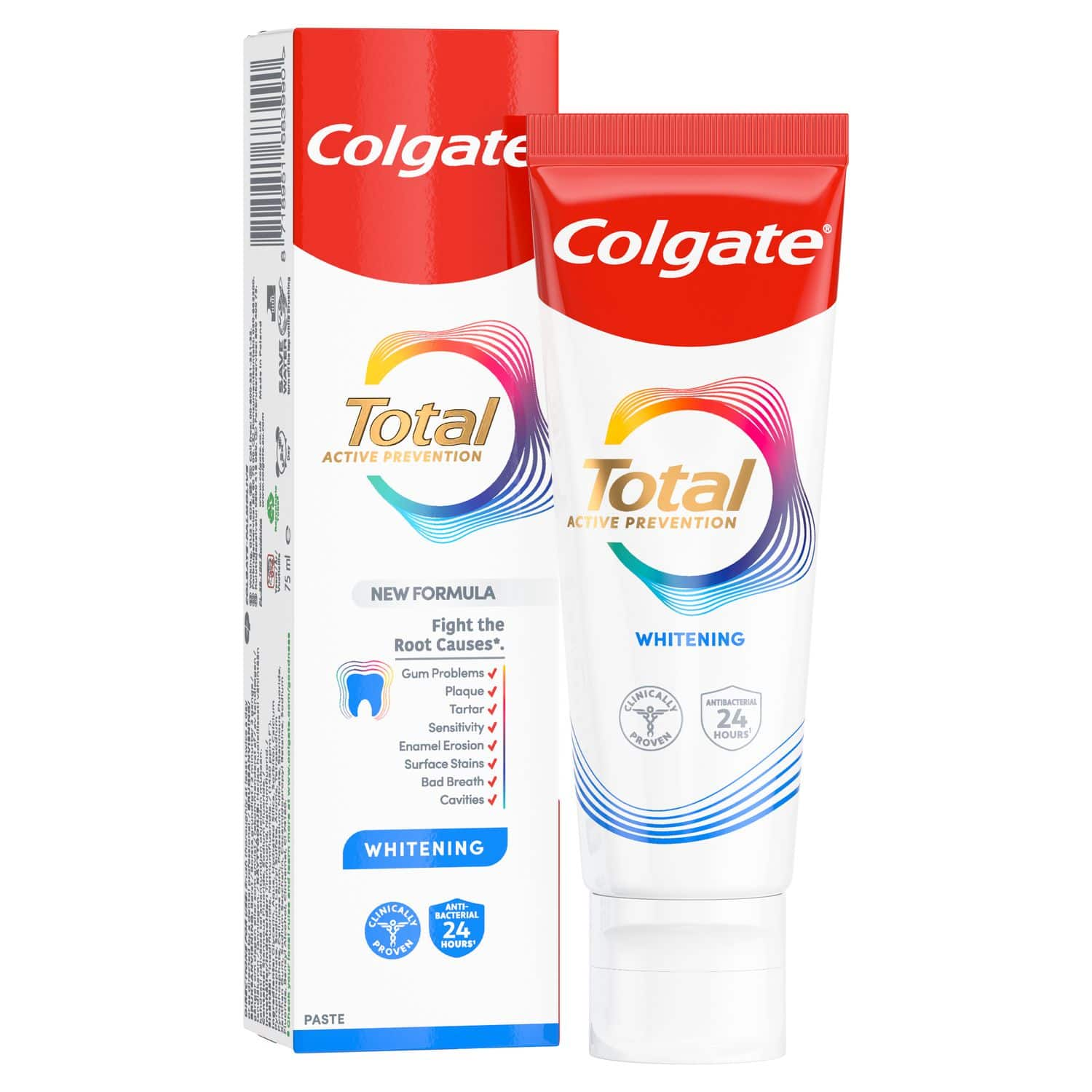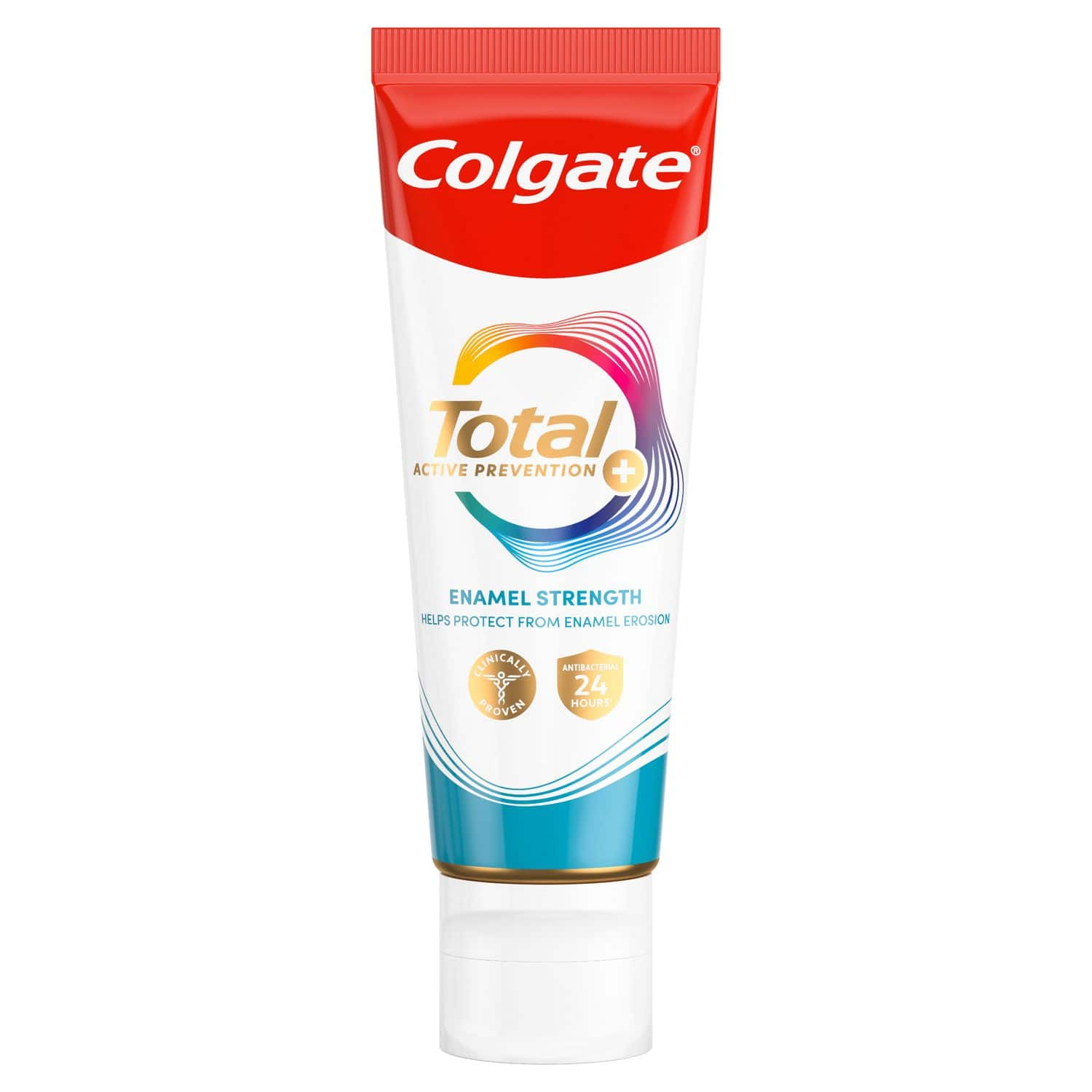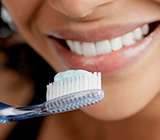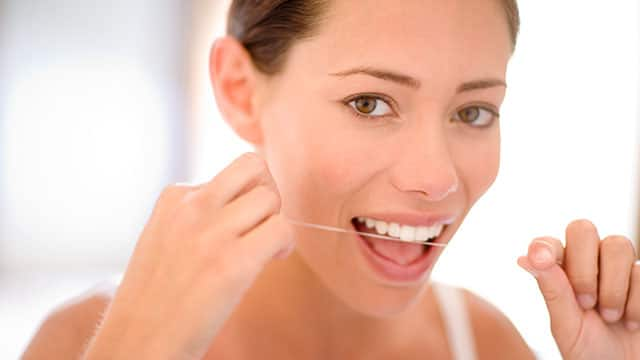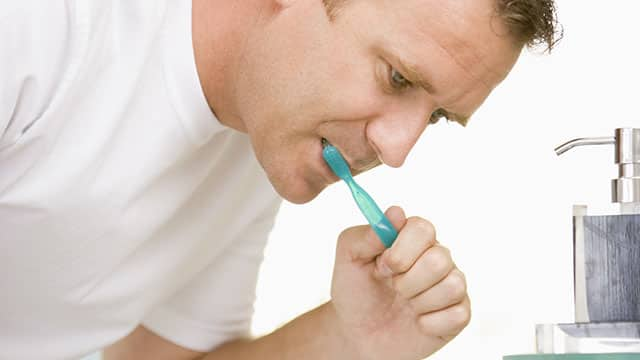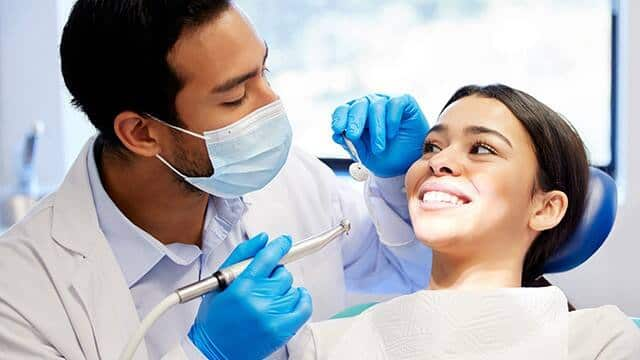What is Gingivitis?
Gingivitis is a mild form of gum disease caused by plaque (sometimes referred to as biofilm) build-up on your teeth. It causes redness, irritation, and swelling of your gum around the base of your teeth.
Left untreated, gingivitis can turn into a more severe and irreversible form of gum disease called periodontitis. The dental hygienist notices bleeding, swelling, and irritation while cleaning the teeth. These could be signs of gingivitis. With proper oral care and follow-up treatment, you can reverse the effects of gingivitis.
Professional Treatment for Bleeding Gums
During your appointment, your dentist will examine the positioning of your teeth, jaws, and dental work, such as dental fillings, crowns, and bridges, to determine if there is an alignment problem preventing you from brushing or flossing effectively. If there is a problem, the dentist will make suggestions for treatment or strategies to overcome it.
Your dentist will assess if you have gum recession through periodontal probing (gum tissue depth measuring). This probing will be repeated at appointments to see if gum health is improving or declining.
Your hygienist will go over proper brushing and cleaning in between teeth procedures to help you improve your oral care at home. Follow-up appointments, exams, and cleanings are essential for monitoring and reversing gum disease.
Bleeding Gums Treatment at Home
- Brush and clean between your teeth better and often. Follow the instructions from your hygienist, dentist and dental therapist. A good dental care routine goes a long way in removing bacteria from your mouth that can inflame your gums. It can even help reverse early gum disease. Brush with a soft-bristled brush and clean between your teeth regularly. Brush twice a day and clean between your teeth at least once a day.
- Eat better. Healthy foods improve your oral health by providing your gums with good nutrients. This means, eat more fruits and vegetables and less sugary foods, including refined bread.
- Monitor stress. Anxiety can affect your oral health. Stress can increase inflammation in your body. Stress also reduces your immune system's functionality. This makes it harder for your body to fight off infection. Additionally, stress makes you less likely to take care of yourself, which inevitably could mean brushing your teeth less.
- Don't Smoke. For many reasons, smoking is bad for your health. Teeth and gums included. According to the NHS, smoking weakens your immune system, making it harder for your body to fight off disease in general.
If you notice bleeding gums, it's essential to talk to your dental professional about it. Left untreated, bleeding gums can lead to more severe gum disease called periodontitis. Get your issue diagnosed sooner for the better. There are in-practice procedures and things you can do at home to help reverse early gum disease and improve your oral health.
This article is intended to promote understanding of and knowledge about general oral health topics. It is not intended to be a substitute for professional advice, diagnosis or treatment. Always seek the advice of your dentist or other qualified healthcare provider with any questions you may have regarding a medical condition or treatment.
ORAL HEALTH QUIZ
What's behind your smile?
Take our Oral Health assessment to get the most from your oral care routine
ORAL HEALTH QUIZ
What's behind your smile?
Take our Oral Health assessment to get the most from your oral care routine

